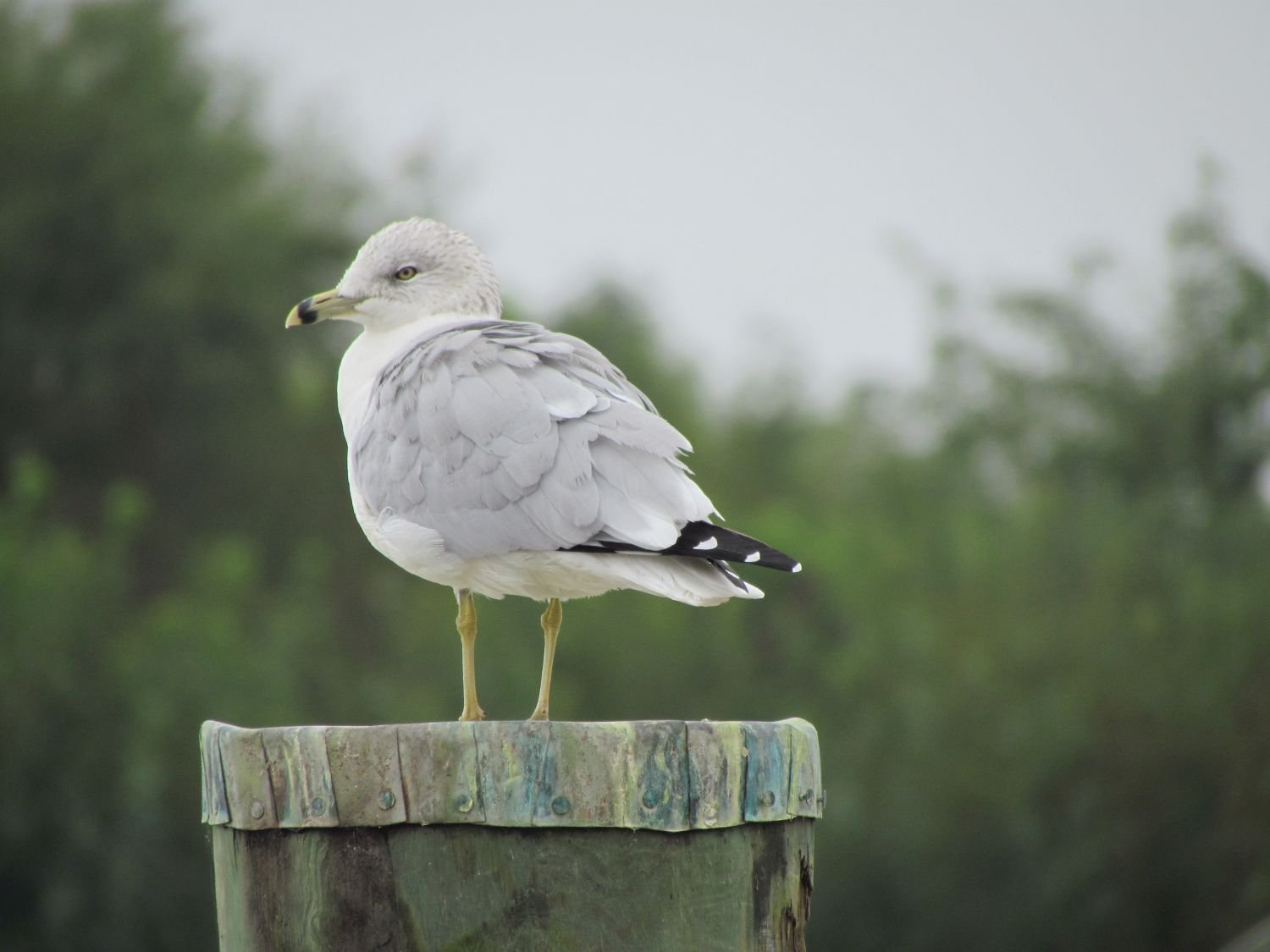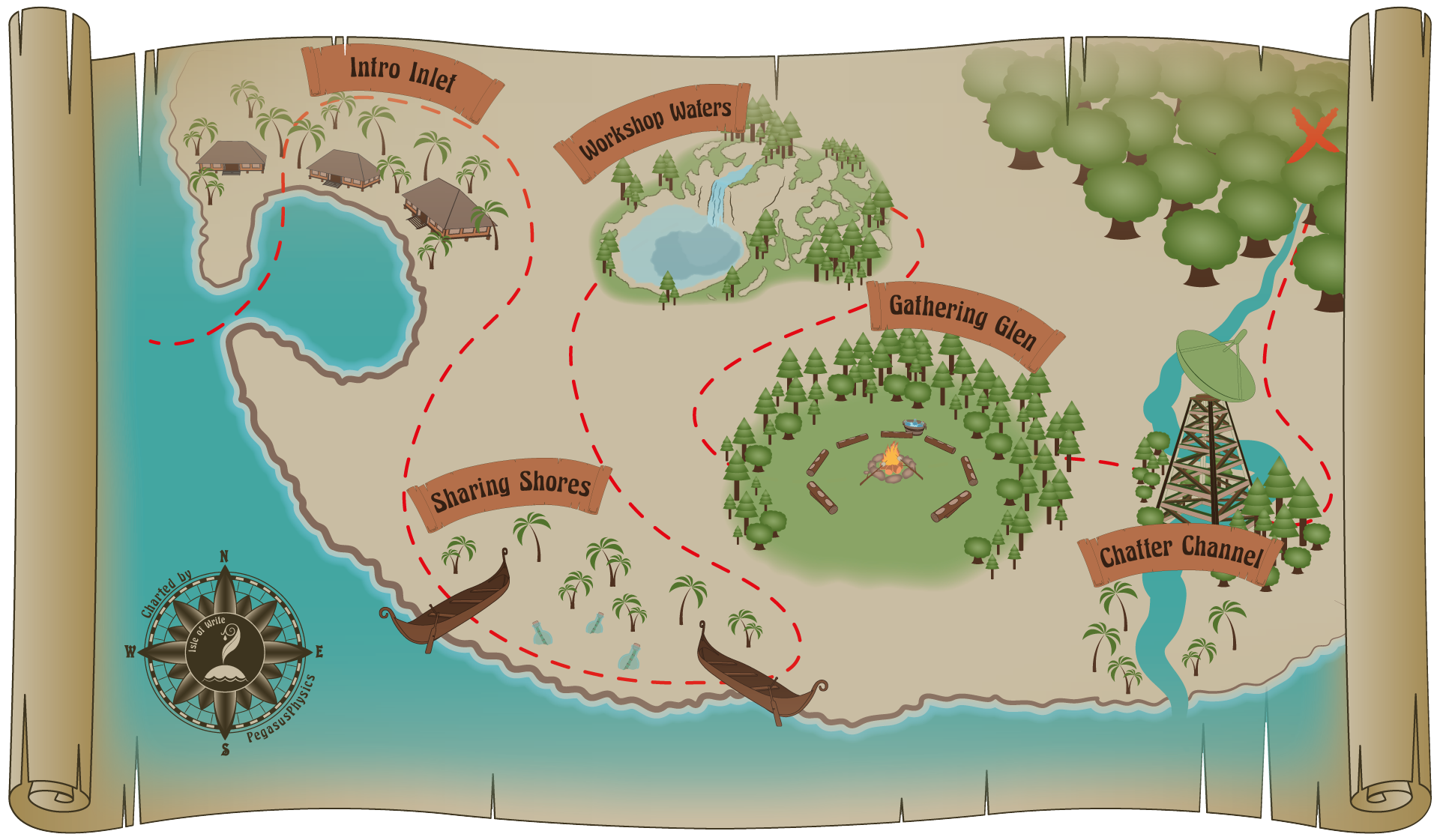
Our schools are meant to
educate; but serve instead
as mass programming

I wrote this haiku several days ago, while thinking of the abysmal state of many U.S. Schools, but after reading @riverflow's post regarding Reconciliation Week in Australia last night, it seemed to be fitting in the context of the Australian racial divide as well.
This is one area where Australia and the U.S. unfortunately share much of the same culpability. I was fortunate to see most of the issues from multiple sides growing up.
My mother spent her early childhood on the Mescalero Apache reservation, in southern New Mexico, not because we are descended from the Apache, but because her white (mostly Scottish) grandparents owned and operated the general store and post office in Mescalero.
She saw many inequities beginning in early childhood, and grew up with the realization that, being white, she had a number of advantages that were not afforded to the Apache children her age. As a child with an innate sense of fair play, as most children are, it always bothered her.

Decades later, shortly before my mother died, I learned from her half-brother that, on their dad's side, we have Cherokee and Creek ancestry, as their French and Irish forbears intermarried with both tribes in the Carolinas in the early 1700s.
Interestingly, I was always drawn to the Cherokee tribe as a child, which no one else in the family was, or could explain in me. To me it was completely natural.
Prior to this conversation with my uncle, Marek and I had already settled on our place in Middle Tennessee, on land smack in the middle of what had been traditional Cherokee territory, in the centuries before the European colonization and exploitation of the New World.
I have felt a kinship with this place from the start, since long before I knew that we had Cherokee blood, and I believe that this is neither accident nor coincidence. It simply is.

My first real encounter with the racial divide in Australia was the 1977 Peter Weir film, "The Last Wave," which depicted a white Australian tax attorney (Richard Chamberlain), who is tasked with defending five tribal Aboriginals, who are accused of the murder of one of their own following a bar fight.
Prior to learning of the murder case, the solicitor, who feels out of his depth trying to defend his clients against a murder charge, has been having strange apocalyptic dreams in which a young Aboriginal man has appeared to him, and he recognizes one of the defendants (Gulpilil) as the man in his dreams.
The film delves deeply into the psyche, Aboriginal spirituality, and the nature of reality versus the Dreamtime, as they intertwine. And always, there is water, which is in truth one (or many) of the most important characters in the film.
It is a moving and beautiful film, and my mom, sister and I left the theatre with a sense of wonder. The film always stuck with us, and only recently, I finally saw the film again. I wasn't certain whether the film would age well, but as it happens, I was left with the same sense of awe and wonder that I felt the first time.


David Stratton on "The Last Wave"

What I did not know at the time, but learned in an interview with Peter Weir regarding the making of the film, is that because the story depicted tribal Aborigines, he insisted on using actual tribal Aborigines actors in the film; which was no small in the 1970s, as few Aboriginal actors existed.
Gulpilil (billed as David Gulpilil in the credits) was an obvious choice, having appeared in several films previously, among them the wonderful films “Walkabout” (1971) and “Storm Boy” (1975). He was also arguably the finest tribal dancer of his generation in Australia.
Nandjiwarra Amagula, who played the tribal elder, Charlie, was a far less obvious choice, as he had never acted before, nor did he ever do so again. But he was recommended to Weir as perhaps the only tribal elder who might understand what Weir was trying to do with his film, though that was no guarantee that he would agree to participate.
He was, in fact, a tribal elder in Groote Isand, in far northern Australia, and at one point filming had to stop so that he could return there, as a young child had died, and tribal customs dictated that the child could not be buried without his presence.

To Weir's credit, he not only sought the advice of Nandjiwarra, Gulpilil and the other tribal members, but gave them a great deal of creative control over their scenes, particularly regarding Aboriginal spirituality and customs.
This resulted in one of the most powerful scenes in the film, suggested by Nandji, where he explains that, in the Aboriginal culture, as opposed to how our culture views it, the law is more important than the man.
As Weir discusses in the video clip below, it was important to Nandji that that point be made in the film.
For that reason, the film has an air of authenticity missing in most films depicting the Aborigines people at the time, and it firmly established Peter Weir as one of my favorite directors.


Peter Weir talks about "The Last Wave" (1977)

There is a sense, when watching the film, that one is witnessing something more than mere storytelling; within the fictional narrative, there are larger ancient truths at play.
And it is particularly telling, in a scene between the solicitor and his wife, when she recounts that her family has been in Australia for four generations, and yet she has never before met an Aboriginal. Sad indeed.
In the late 18th century, there were over 250 separate social groupings of Australian Aboriginal peoples, and roughly that number of languages represented. All but thirteen of those languages are considered to be endangered.
Today, there are over five hundred Native American tribes recognized by the federal government, and we may well have lost twice that number.

How much knowledge and wisdom has been lost, how many lives were squandered, how much better a world could we be inhabiting today, had we chosen another path?
Certainly there is much we could have learned, had we simply been open to doing so, rather than slaughtering those who came before without much forethought.
The Native Americans had cultures and customs that allowed them to live in harmony with the world around them, and mostly in harmony with one another. The majority of tribes were peaceful with the arriving Europeans until they were themselves attacked. Yes, there were exceptions, but that's the point; they were exceptions.
The Aboriginal culture, along among cultures on our planet, has existed in an unbroken line for some 60,000 years. I have zero doubt that we could learn much from them, if only we would.

Due to intermittent thunderstorms and power outages, I am behind in my posting, but I will attempt to catch up tomorrow. In the meantime, enjoy your life, whatever you find yourself doing, and be blessed.

And I would love to hear your take in the comments.

Fireflies Are Twinkling - Day 138 - Daily Haiku
As a Nine Year Old - Day 137 - Daily Haiku, with Ruminations on Bobby Kennedy
Distant Owl Calling - Day 136 - Daily Haiku
Veganism to Save the World? Maybe, but for Some of us, Definitely Not. Rebuttal to @celestialcow
Seen From My Window - Day 135 - Daily Haiku - An Ode to a Red-Tailed Hawk
Grass is Growing Tall - Day 134 - Daily Haiku, and Ruminations on our Thornless Blackberries and Native Raspberries
Rainy Night in Nashville - Original Poetry
Jeff Buckley Lives On - Day 133 - Daily Haiku - Grace for Drowning Part 6, with additional info and another haiku
First There Was Grace - Day 132 - Daily Haiku - Grace for Drowning Part 5
Growing Up in a Fog – Original Poetry





If you feel my posts are undervalued, and/or you want to donate to tip me, I would appreciate it very much.
In the process, you will be helping our small organic farm to operate, to help others, and to feed and house all our animals better. Thank you!

Bitcoin (BTC) – 37Z9UabFyygFYXMoChifdCkyFgPJtKwXRj
Bitcoin Cash (BCH) – qq5p7dkr9239u6fer98lyc3cjvhcwcggzuxyde9mjp
Ethereum (ETH) - 0x731e363a4e6C680D47aFA63e4620342964a9d0Fb
LiteCoin (LTC) – MprMcJSAXKvtBouDQRSSk85qbms8ak3xDY

The following are a few affiliate links, to companies we really believe in, that will further help us to operate, to help others, and to care for and feed our animals.
If you have any interest in becoming affiliated with these companies, which may bring you additional income, please contact me, and perhaps we can work together!
Dr. Al Sears, well known anti-aging doctor, with his first-class line of supplements that actually work:
https://primalforce.net/?aff=1893
Melaleuca, a company that has been making natural, eco-friendly products since the 1980s, that not only work as well as chemically laden versions from the supermarket, but are safer, and typically save money overall in addition.
I was introduced to them by a co-worker in 1990, lost track of them, and was thrilled to find them again about a year and a half ago. I strongly recommend their products.
http://www.melaleuca.com/corimacnaughton

All words and images are my own.
The image of the seagull I took in the Havre de Grace marina, Havre de Grace, Maryland.
The photo of our dog, Lolo, and our late cat, Miod, I took as they were cooperatively begging at the dinner table, despite our longstanding rule of not feeding them from the table. You can see how much that deterred them both.
Resteeming is welcome, you may link to my post from your own website or blog, and you may use excerpts and/or images as long as you credit me, and link back to this post.
Please ask for permission, before using my work otherwise, as all rights are reserved.
#isleofwrite #australia #aboriginal #aborigines #tribal #cherokee #creek #apache #tribesteemup #steemsugars #teamusa #ladiesofsteem #ecotrain #stars #movingforward #oneness #wisdom #knowledge #grateful #gratitude
